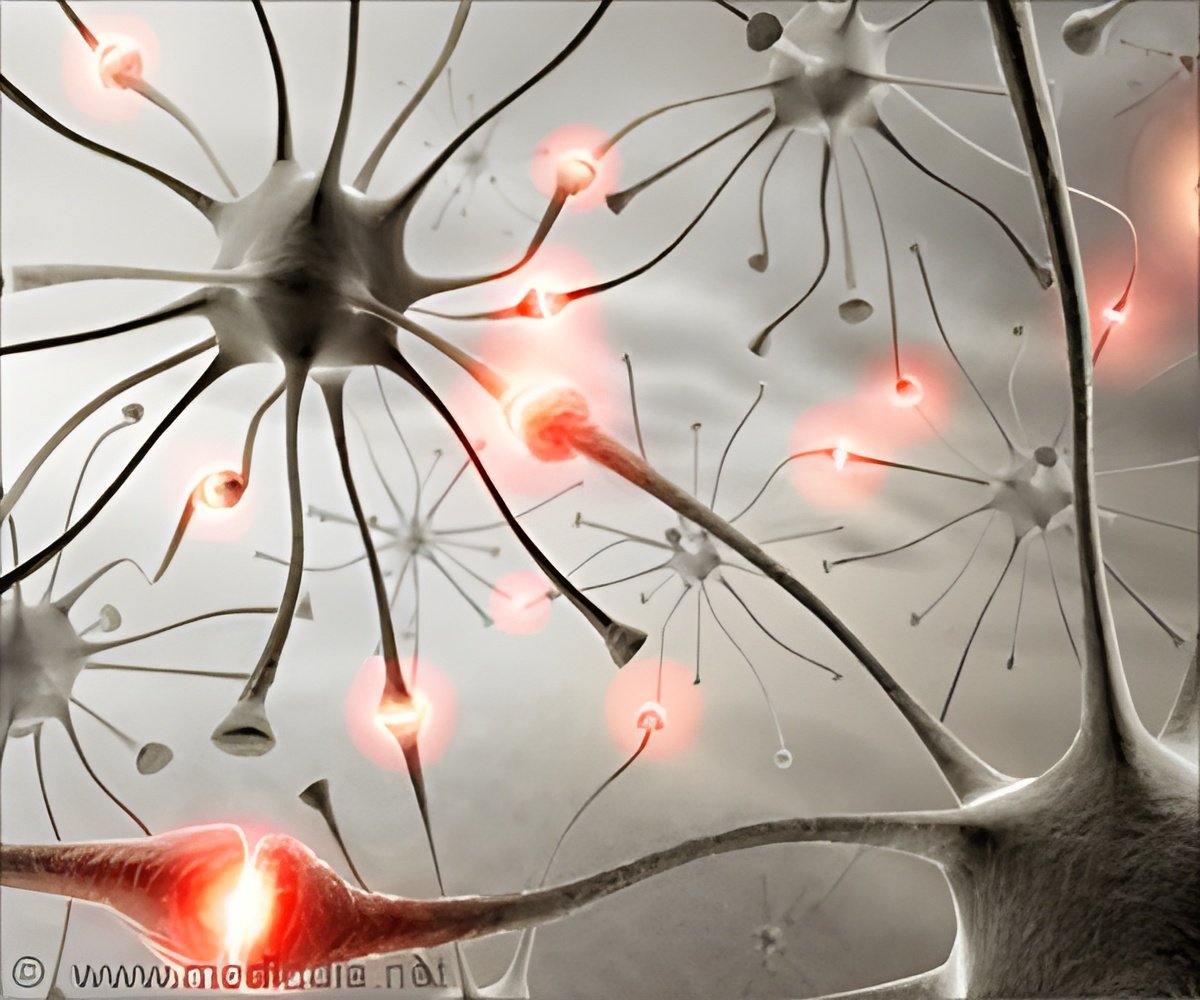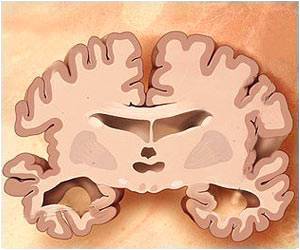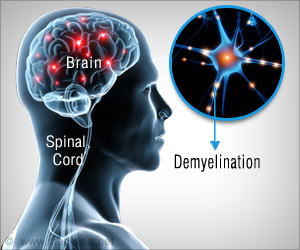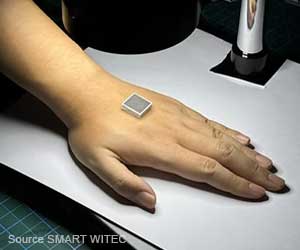A new way to digitally navigate three-dimensional images has been identified by scientists.

"This is similar to looking through a glass window and seeing objects outside, but not being able to manipulate them because of the physical barrier." In sharp contrast, Virtual Finger allows scientists to digitally reach into three-dimensional images of small objects like single cells to access the information they need much more quickly and intuitively. "When you move your cursor along the flat screen of your computer, our software recognizes whether you are pointing to an object that is near, far, or somewhere in between, and allows you to analyze it in depth without having to sift through many two-dimensional images to reach it," explains Peng. Scientists at the Allen Institute are already using Virtual Finger to improve their detection of spikes from individual cells, and to better model the morphological structures of neurons.
But Virtual Finger promises to be a game-changer for many biological experiments and methods of data analysis, even beyond neuroscience. In their Nature Communications article, the collaborative group of scientists describes how the technology has already been applied to perform three-dimensional microsurgery in order to knock out single cells, study the developing lung, and create a map of all the neural connections in the fly brain. "Using Virtual Finger could make data collection and analysis ten to 100 times faster, depending on the experiment," says Peng. "The software allows us to navigate large amounts of biological data in the same way that Google Earth allows you to navigate the world. It truly is a revolutionary technology for many different applications within biological science," says Peng. Hanchuan Peng began developing Virtual Finger while at the Howard Hughes Medical Institute's Janelia Research Campus and continued development at the Allen Institute for Brain Science.
Source-Eurekalert
 MEDINDIA
MEDINDIA




 Email
Email




